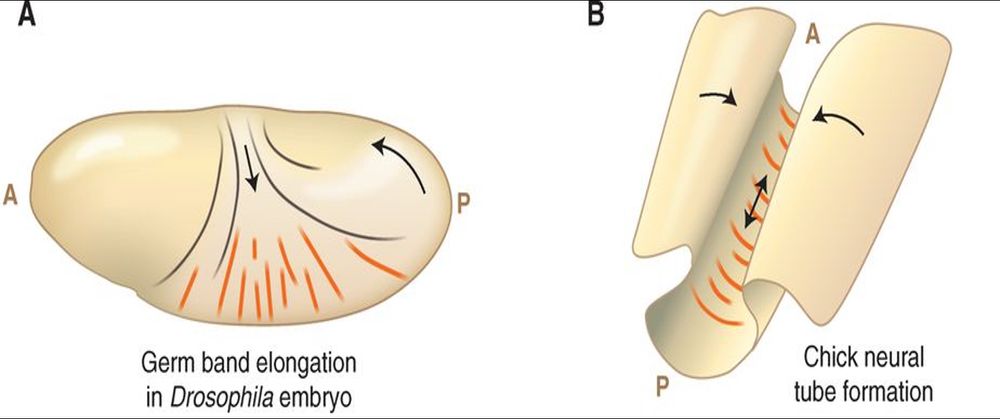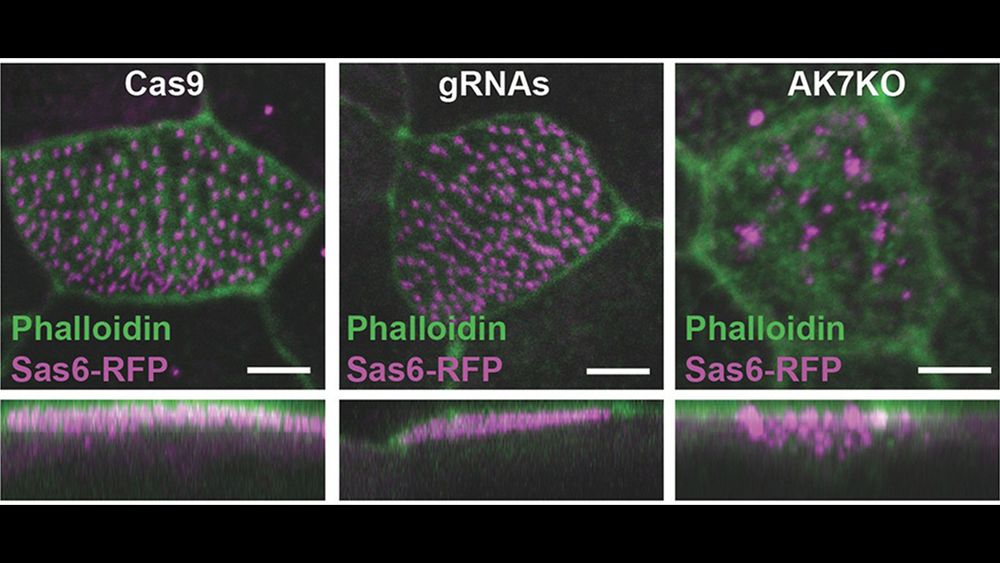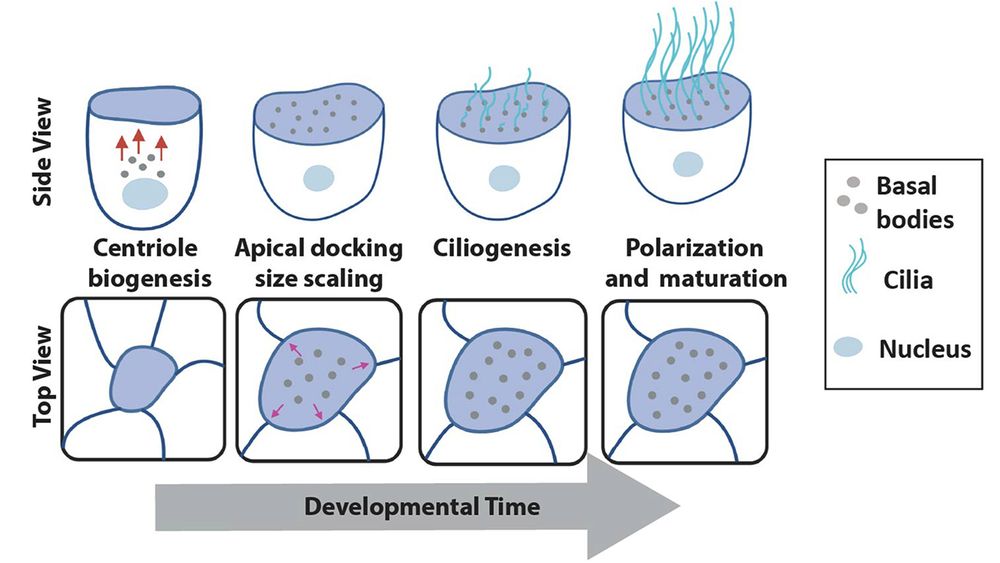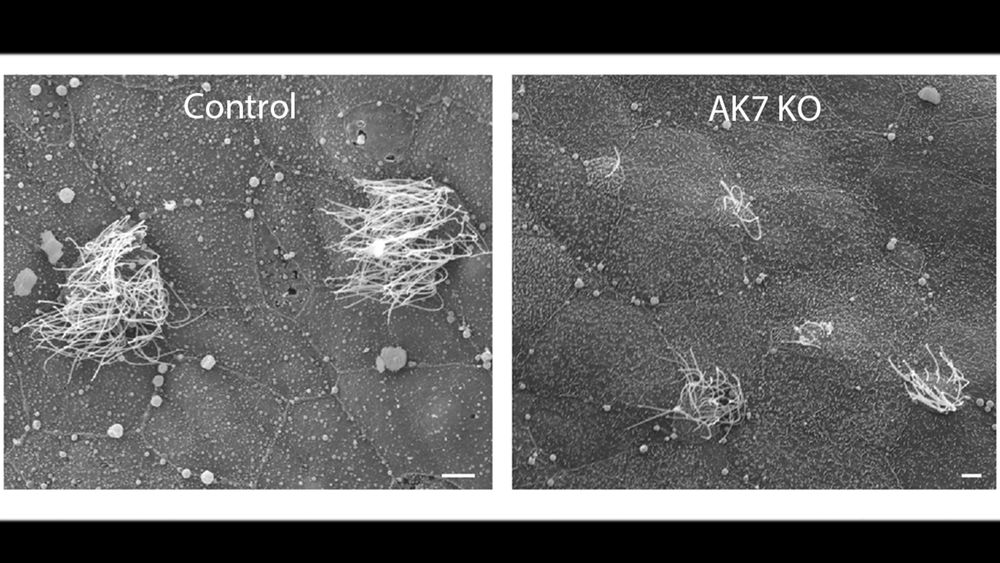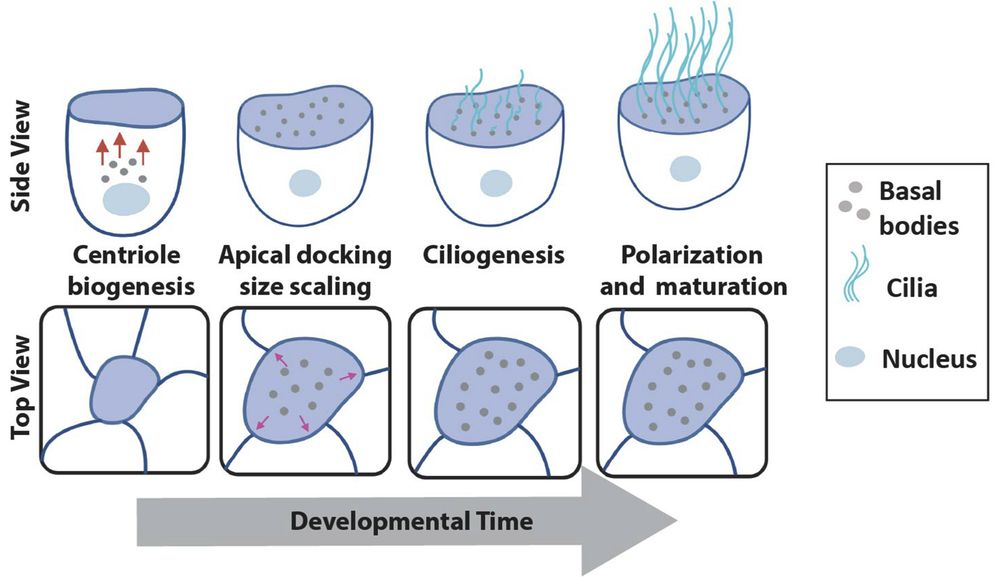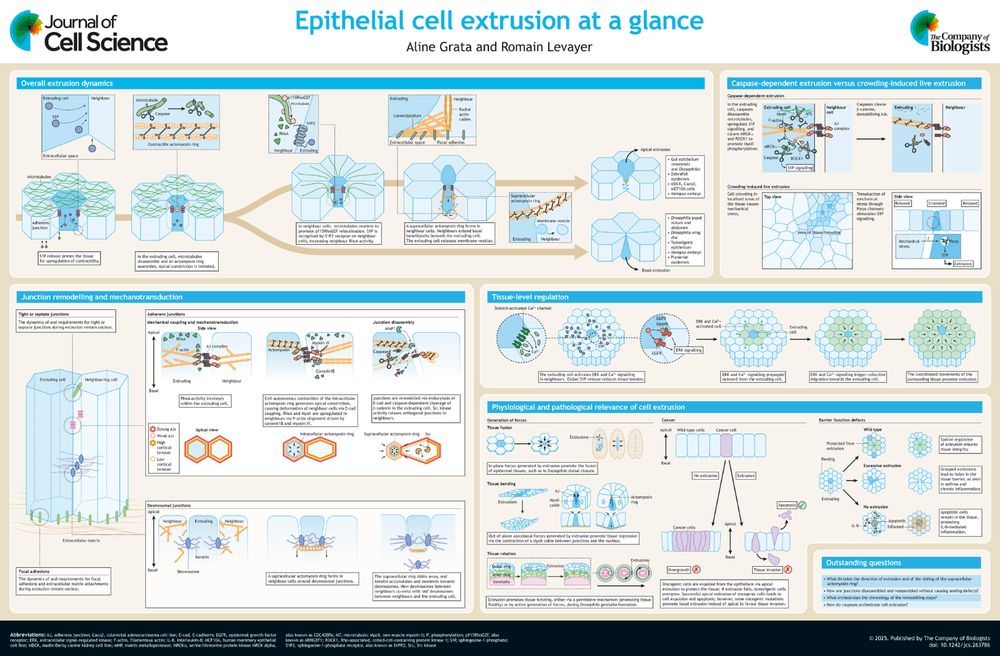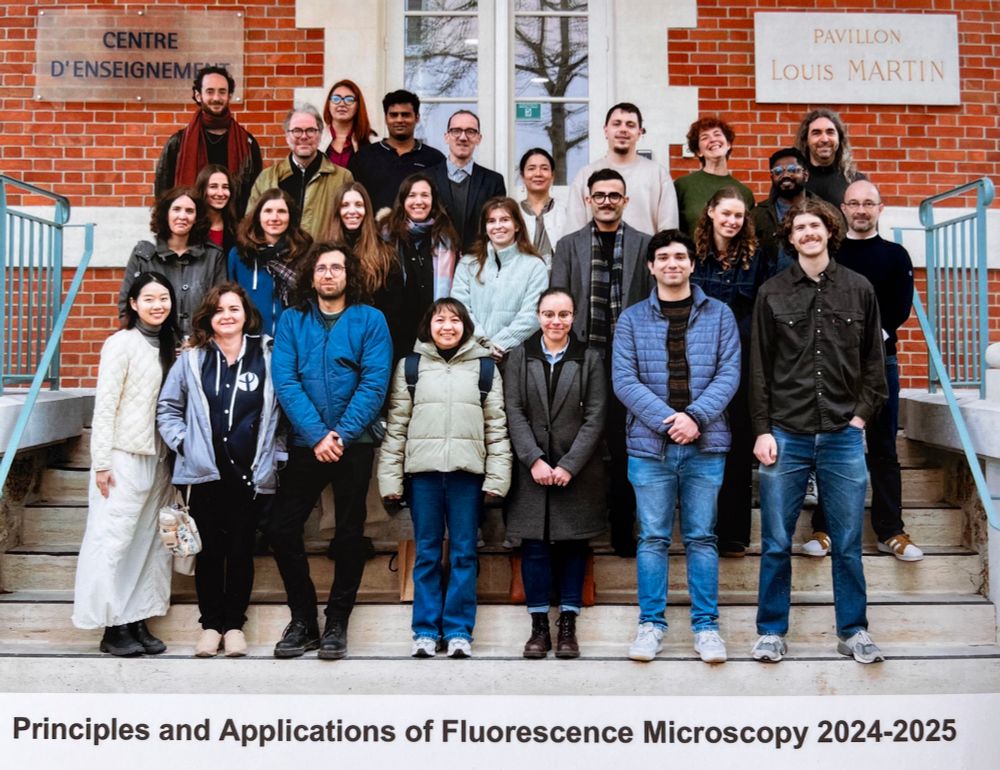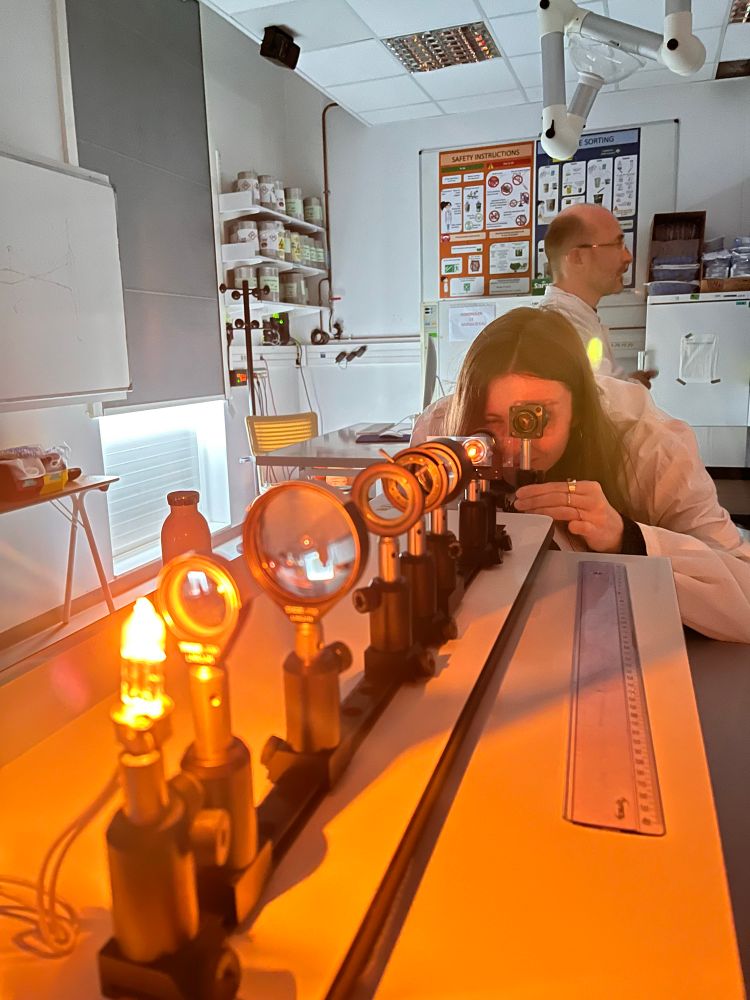Aline Grata
@alinegrata.bsky.social
84 followers
190 following
20 posts
PhD student working on epithelial cell extrusion in Romain Levayer’s Lab | Social media for Piplettes Magazine ✍🏻
📍Pasteur Institute
Posts
Media
Videos
Starter Packs
Reposted by Aline Grata
Aline Grata
@alinegrata.bsky.social
· Jul 4
preLights
@prelights.bsky.social
· Jul 4
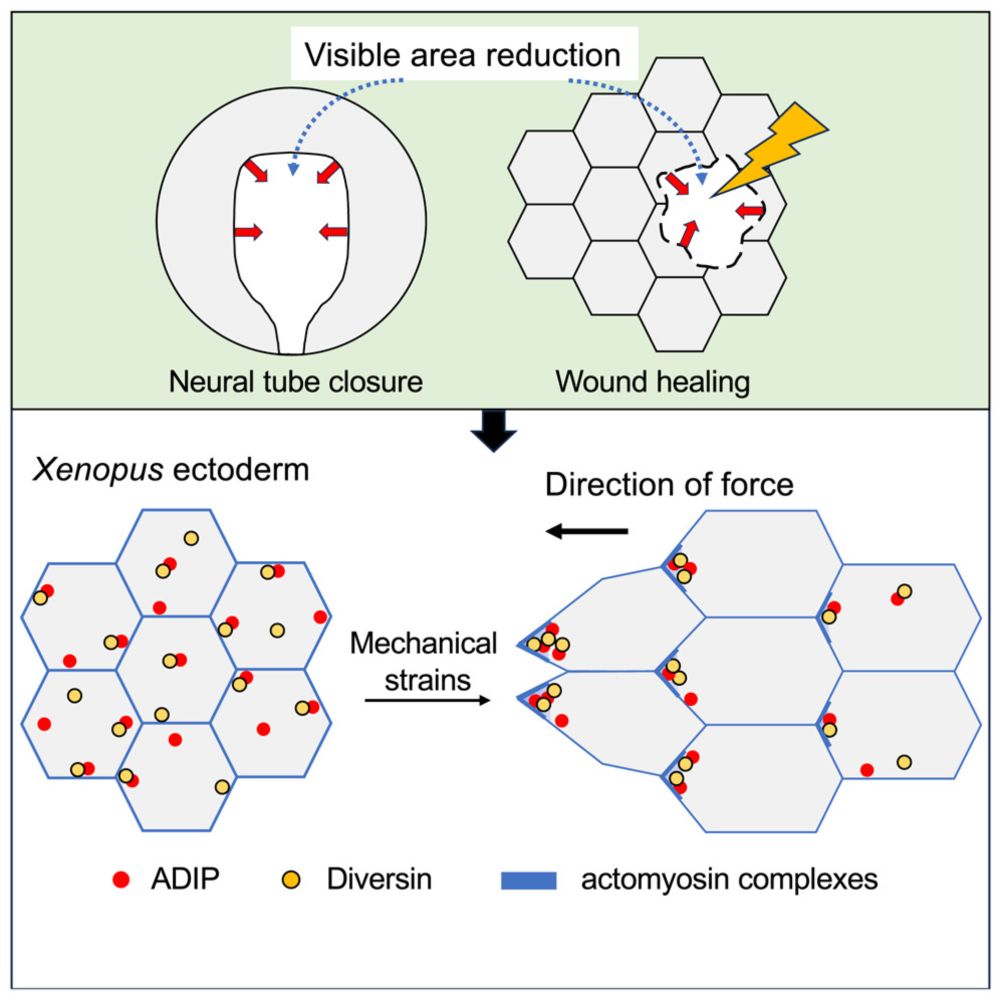
Mechanical cues organize planar cell polarity during vertebrate morphogenesis and embryonic wound repair - preLights
Stretch it, wound it, pull it: ADIP-Diversin polarizes anyway. Characterization of a new mechanosensitive polarity module.
prelights.biologists.com
Reposted by Aline Grata
Aline Grata
@alinegrata.bsky.social
· May 21
Aline Grata
@alinegrata.bsky.social
· May 21
Aline Grata
@alinegrata.bsky.social
· May 21
Aline Grata
@alinegrata.bsky.social
· May 21

Centriolar defects underlie a primary ciliary dyskinesia phenotype in an adenylate kinase 7 deficient ciliated epithelium
The skin of Xenopus embryos contains numerous multiciliated cells (MCCs), which collectively generate a directed fluid flow across the epithelial surf…
www.sciencedirect.com
Aline Grata
@alinegrata.bsky.social
· May 21
Aline Grata
@alinegrata.bsky.social
· May 21
Aline Grata
@alinegrata.bsky.social
· May 21
Reposted by Aline Grata
Reposted by Aline Grata
Aline Grata
@alinegrata.bsky.social
· Apr 24
Aline Grata
@alinegrata.bsky.social
· Apr 24

Epithelial cell extrusion at a glance
Summary: Cell extrusion is a conserved process that leads to seamless expulsion of epithelial cells from tissues. This Cell Science at a Glance describes the functions and underlying mechanisms of cel...
journals.biologists.com
Reposted by Aline Grata
Levayer Lab
@levayerr.bsky.social
· Apr 24

Epithelial cell extrusion at a glance
Summary: Cell extrusion is a conserved process that leads to seamless expulsion of epithelial cells from tissues. This Cell Science at a Glance describes the functions and underlying mechanisms of cel...
journals.biologists.com


